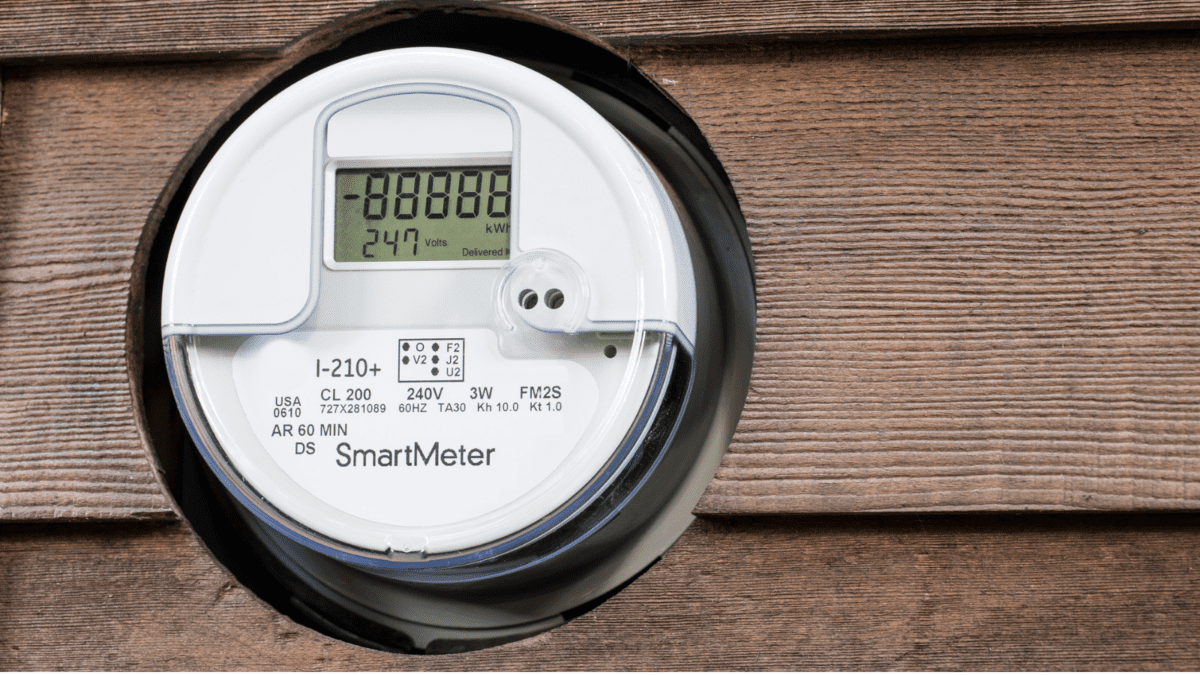How Investors Could have Spotted Lendlease’s Capital Raising
You may remember us writing about the ‘diversified’ development, construction and property management business Lendlease Group. It was sold out of our model portfolio at a share price of around $15 from memory and has proceeded to fall a further 33% amid the COVID-19 shutdown. However, walking around the suburbs it seems that the construction sector is the only one that has not really been impacted by these restrictions.
An article published in the AFR last week piqued our interest, announcing Lendlease’s intention to securitise, or on-sell the cash flows expected to be received from pre-sold apartments at their major buildings in Sydney. Confused?
Well, it seems that Lendlease has a cash flow issue for its $100 billion in work in hand, and is attempting to sell the profits or future settlement from apartments yet to be finished onto an external party to provide short-term fund. In theory, it makes sense, you bring forward profits to reinvest into another project –but we aren’t operating in normal conditions.
Our concerns
Our original concerns around Lendlease remain but have since been added to by the incredible events and changes occurring due to the pandemic. We suggested selling the business after they announced a substantial writedown on a number of major projects, due primarily to cost and delivery blowouts. Our concern is that this issue was more widespread than it appeared. The company subsequently rallied some 30%, before falling 50% to where it is today.
During this time, management announced the sale of their engineering division to Spanish giant Acciona, but this will actually cost Lend Lease at least $500m, if not $1 billion based on the views of some research analysts. Not only did it cost money, but they were required to retain a number of troublesome projects including Melbourne’s own Metro Rail Tunnel which is now at a standstill as negotiations with the Government continue over cost blowouts. It sounds all too familiar. More recently, management attempted to sell the Services division, which was previously known to have one of the worst NBN installation contracts but has since improved. Despite that, the primary bidders in ASX-listed Service Stream pulled out late in 2019.
There is little doubt the company has delivered a strong growth profile, with over $30 billion in property assets under management through their funds and a pipeline of some $112 billion in residential and commercial property projects across the world. Yet is this area where we are becoming concerned. Lendlease is increasingly looking like Macquarie Group Ltd (ASX: MQG) pre-GFC with a substantial amount of its own capital invested into its projects, meaning when markets fall, as they are now, cash flow, gearing and other pressures increase. Consider for instance that they currently have some 37,000 residential units that need to be sold around the world, in what can only be considered an extremely uncertain environment.
Our biggest concern, however, now lies in the combination of residential and commercial property they manage on behalf of primarily institutional investors like pension funds. Recent superannuation changes and market volatility have seen substantial switches between investment options and demands for increased transparency on asset valuations in properties just like these. The last few weeks have even seen rare redemption requests for Industry Funds Management direct property options, as funds like Host Plus build their cash balance to fund drawdowns.
So what does this look like for Lendlease? Will they also need to offer redemption requests? Will the values of these assets be reduced, effectively reducing the value of the properties still under construction? Or will borrowing from tomorrow be enough to avert disaster?
Whilst their current debt isn’t demanding, falls in revenue across every business unit except low margin construction and cash flow conversion of just 5% should be concerning for investors. In an environment where everything is on sale, we think there is better value with less uncertainty elsewhere.










